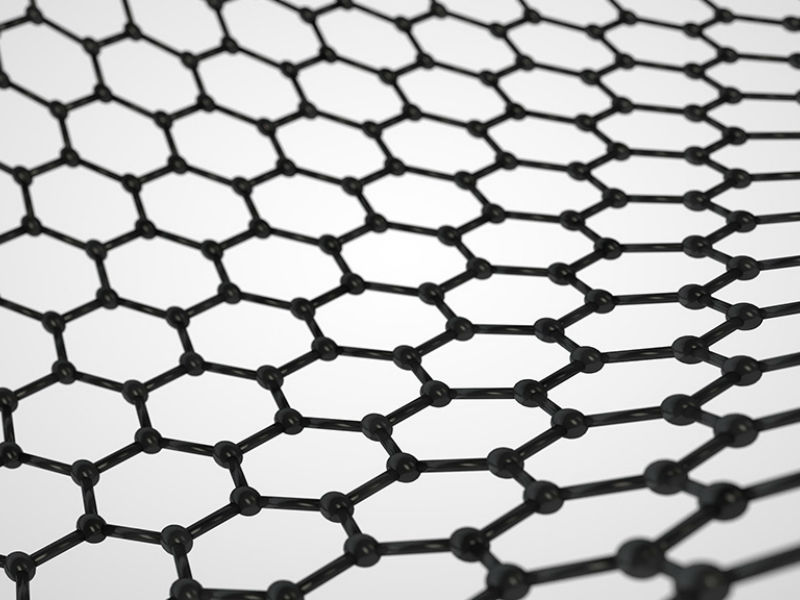
Cambridge Scientists Develop Technique to Activate Superconducting Properties of Graphene
Graphene is already an established material, renowned for its unbeatable characteristics in terms of strength, electricity conduction, and heat transmission. The two-dimensional allotrope of carbon, Graphene is already being celebrated for its high potential to transform everything from dental fillings and light bulbs to motorcycle helmets and now the researchers have found a new technique which can enhance the superconductivity power of the material more.
A team of scientists from the University of Cambridge has found out a unique manner, through which the superconductivity properties of Graphene can be activated, without altering it into chemical structures. By using the new revolutionary method, scientists can compel Graphene to add natural superconductivity to its repertoire, without any chemical reactions. The new method has the potential to pave new paths for the advanced utilization of Graphene in the near future.
Previously, Graphene is recognized for its flexible, light, and ultra-strong capacity, and for its supreme nature to transmit any strength, heat, and electricity. Because of being configured from the single coating of carbon atoms, Graphene is considered as the superconductive material, which can be used by being doped with impurities, or by being fastened with other superconducting materials.
But the latest research, conducted by the scientists at the University of Cambridge, successfully stumbled upon an exclusive way which can trigger the super-conduction power of Graphene by pairing it with a substance known as praseodymium cerium copper oxide (Pr2−xCexCuO4) or PCCO. PCCO belongs to a wider category of superconducting materials called cuprates, which are celebrated for their utilization in high-temperature superconductivity.
As per the new report, Graphene, even without being doped with any other materials can also be worked as a superconductor. Without the help of any other materials, the researcher found Graphene to demonstrate an implausible and exceptional type of conductivity capacity that has never been expected.
According to Dr. Jason Robinson, one of the lead authors of the study from the University of Cambridge, “Previously we all knew that, under right conditions, Graphene may go through a superconductivity transfer, but we don’t have any idea – what is this right condition. Hence by pairing it with another superconductive material, we tried to switch that inherent superconductivity on, and results are positive.”
The study report, published in journal Nature Communications stated that the new discovery might pave revolutionary paths for developing more competent electronics, super-advanced therapeutic technology, and highly-efficient power grids.


